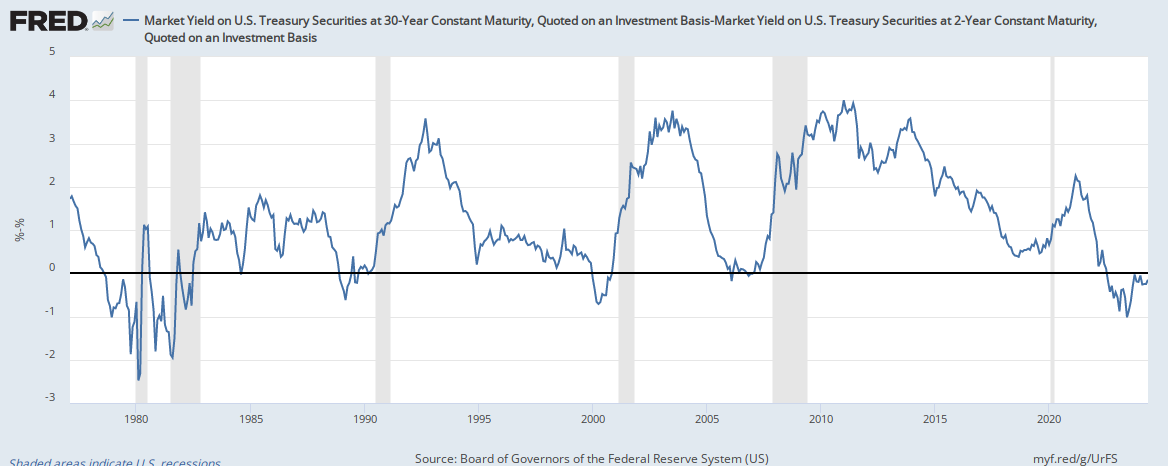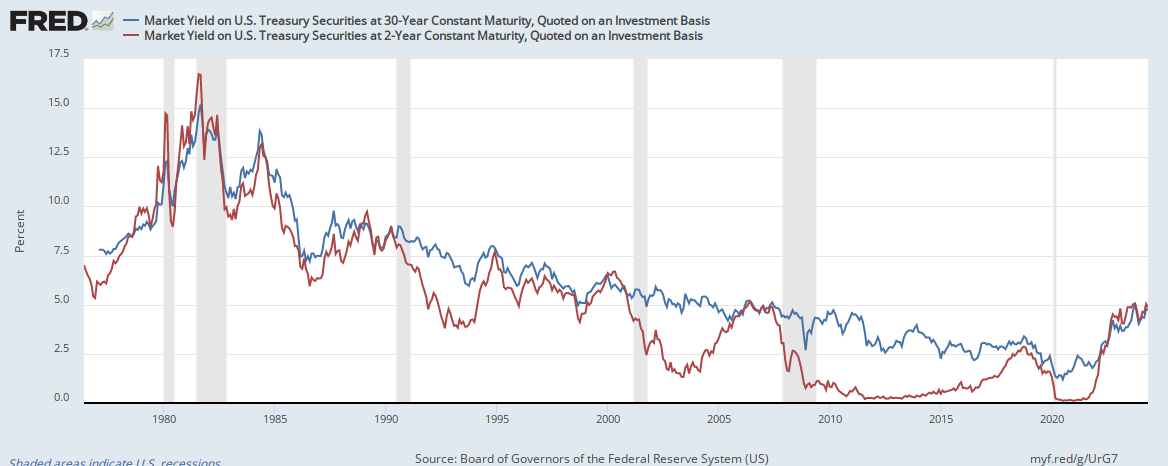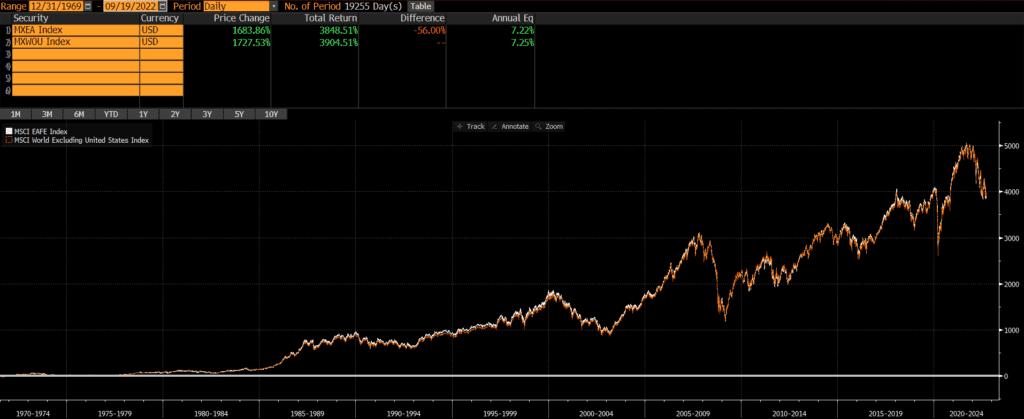Private market investing typically requires investors to qualify as an Accredited Investor, a Qualified Client, or a Qualified Purchaser. These terms and related criteria are designed to protect investors, although some argue that they also limit investor opportunity.
Publicly-traded assets and investment vehicles register with the Securities and Exchange Commission (SEC), while private investment vehicles are exempt from registration if they follow certain rules. The idea being that the SEC will allow funds to not register if they limit their offerings to those who have the financial ability to tolerate risk and/or the sophistication to understand the risks. Different exemptions are available, but each exemption has rules about what types of investors a fund can accept. Some funds can only accept accredited investors, some can accept qualified clients, and some can accept qualified purchasers.
Accredited Investor
One of the prerequisites to private market investing is to be an “accredited investor,” as many private investment vehicles require investors to be accredited (even if there are additional requirements to be a qualified client or qualified purchaser). Both people and entities can be accredited investors.
Benefits of being an accredited investor
The primary benefit to being an accredited investor is that the investment universe is the opportunity to invest in private investments. Non-accredited investors are generally limited to publicly-traded assets and funds that have been registered with the SEC. Below are some examples of why it is beneficial to be accredited:
- Nearly all private investment vehicles are “Reg D” offerings, which require investors to be accredited.
- Many real estate funds rely on the 3(c)(5)(C) exemption, which requires investors to be accredited.
- The accredited investor standard is viewed as a default investor qualification in many contexts and may be used to restrict access to additional products and services.
How do people qualify as accredited investors?
Individuals can qualify as an accredited investor with their income OR with their net worth.
Based on income
To qualify as an accredited investors based on income, an investor must have:
- earned at least $200,000 in each of the prior two years and have a reasonable expectation of the same for the current year, OR
- earned at least $300,000 jointly with their spouse (or a “spousal equivalent”) in each of the prior two years and have a reasonable expectation of the same for the current year.
Based on net worth
To qualify as an accredited investor based on net worth, an investor must have a net worth of at least $1 million. The equity and debt in a primary residence must be excluded from the net worth calculation (unless the debt exceeds value of the home, in which case ).
Other ways
There are some less common ways for individuals to qualify as an accredited investor as well:
- Hold, in good standing, any of the following securities licensing designations: Series 7, Series 65, or Series 82.
- Be a “knowledgeable employee” of the fund (or affiliate) in which the investor is investing.
- Be a client of a family office.
How do entities qualify as an accredited investor?
Investors who want to invest through an entity (such as a trust or business) are subject to a different set of criteria:
- The entity must own at least $5 million of investments, OR
- All owners of the entity must be accredited investors.
- Certain types of financial firms are also accredited investors.
It is important to note that there is no way for entities to qualify based on revenue or income. It is also important to note that the accredited investor rules may apply to different types of entities differently, although those differences are outside the scope of this particular post.
The accredited investor definition can be found here and a summary from the SEC can be found here.
Qualified Client
Qualified clients are a step up from accredited investors in terms of net worth.
Benefits of being a Qualified Client
The main benefit to being a qualified client is that the investment universe is even larger than for accredited investors. Many private equity, private debt, venture capital, and hedge funds cannot rely on the same registration exemptions that real estate funds do, so they often rely on the 3(c)1 exemption. However, these 3(c)1 funds can only accept qualified clients, so investors who wish to allocate beyond real estate generally need to be qualified clients. Yet, even many real estate funds rely on the 3(c)1 exemption, so being a qualified client really opens up the opportunity set.
3(c)1 funds are allowed to charge a performance allocation (also known as a performance fee or incentive fee). Since many private equity funds and hedge funds charge performance fees (above a hurdle rate), many are organized as 3(c)1 funds (or 3(c)7 funds if they are larger, generally).
Definition of Qualified Client
A Qualified Client is:
- A person or entity that owns at least $2.2 million of investments (the definition of investments excludes residences). Assets owned jointly with a spouse can be counted.
- A person or entity who invest at least $1.1 million with the adviser. In other words, if someone has a net worth of $1.5 million, they are not a qualified client. But if they invest $1 million in a single fund, then they are a qualified client.
- A Qualified Purchaser.
- Certain “knowledgeable employees” of the fund and/or it’s affiliates.
Funds that require investors to be qualified clients usually require the investor to be accredited too. The definition of a qualified client can be found here and (similar to the treatment of accredited investors) the application of qualified client criteria to certain types of entities often varies from fund to fund.
Qualified Purchaser
Qualified purchaser is the highest qualification of these three common investor qualifications.
Benefits of being a Qualified Purchaser
There are several benefits to being a Qualified Purchaser, most of which relate to being allowed to invest in 3(c)7 funds.
- While many funds rely on the 3(c)1 exemption, the downside is that they are only allowed to have 99 investors. So many funds decide to rely on the 3(c)7 exemption instead, which allows the fund to have 499 investors. However, only qualified purchasers are allowed to invest in 3(c)7 funds. Thus, the investment universe for qualified purchasers is larger than for qualified clients or accredited investors
- Some sponsors launch parallel funds, meaning that they manage one 3(c)1 fund and one 3(c)7 fund that both invest in the same strategy. If the 3(c)1 has used up its 99 investor slots, qualified purchasers can still invest in the 3(c)7 fund (which has 499 investors slots).
- Many funds have a cap of 25% on ERISA-protected accounts, meaning that less than 25% of the fund can be from accounts such as 401k’s, SEP IRAs, etc. If there are parallel funds and one fund has reached its ERISA cap, a qualified investor may be able to invest in the second parallel fund.
3(c)7 funds are also allowed to charge a performance allocation (also known as a performance fee or incentive fee). Since many hedge funds and private equity funds charge performance fees (usually above a preferred return), many are organized as 3(c)7 funds (or 3(c)1 funds if they are smaller, generally).
Definition of Qualified Purchaser
A Qualified Purchaser is:
- A person or family-owned entity that owns at least $5 million of investments (the definition of investments excludes residences). Assets owned jointly with a spouse can be counted.
- An entity where all of the “equity owners” are Qualified Purchasers.
- An individual or entity that invests at least $25 million on a discretionary basis (either for themselves or on behalf of other Qualified Purchasers).
- Certain “knowledgeable employees” of the fund and/or it’s affiliates.
Funds that require investors to be qualified purchasers usually require the investor to be accredited too. The definition of a qualified client can be found here and (similar to the treatment of accredited investors and qualified clients) the application of qualified purchaser criteria to certain types of entities often varies from fund to fund.
Concluding Thoughts
In my experience, the accredited investor qualification is the best known among individual investors, while qualified client and qualified purchaser terms are not as widely known. Investors should understand which criteria they meet in order to better understand the investments that they are allowed to invest in.








